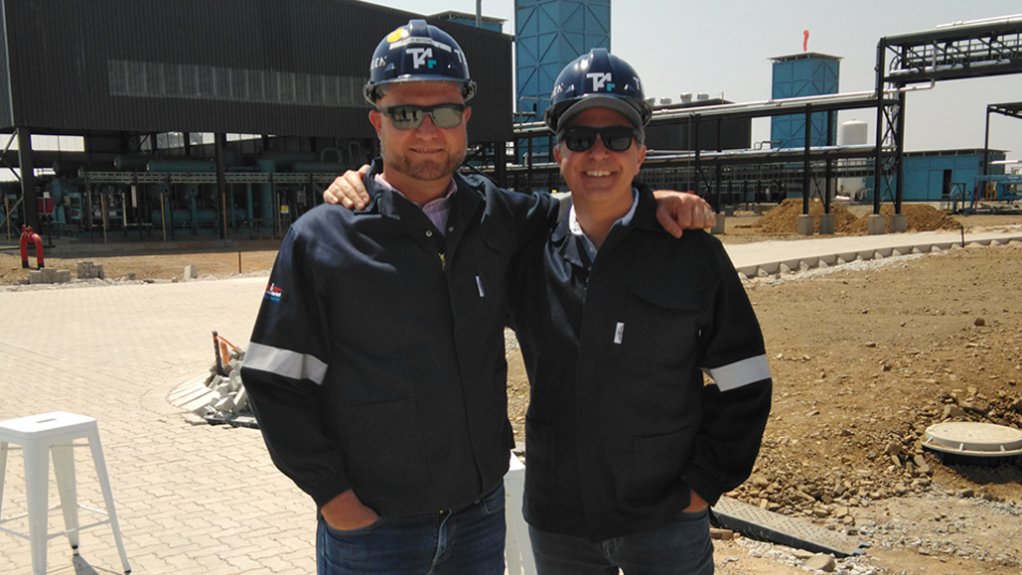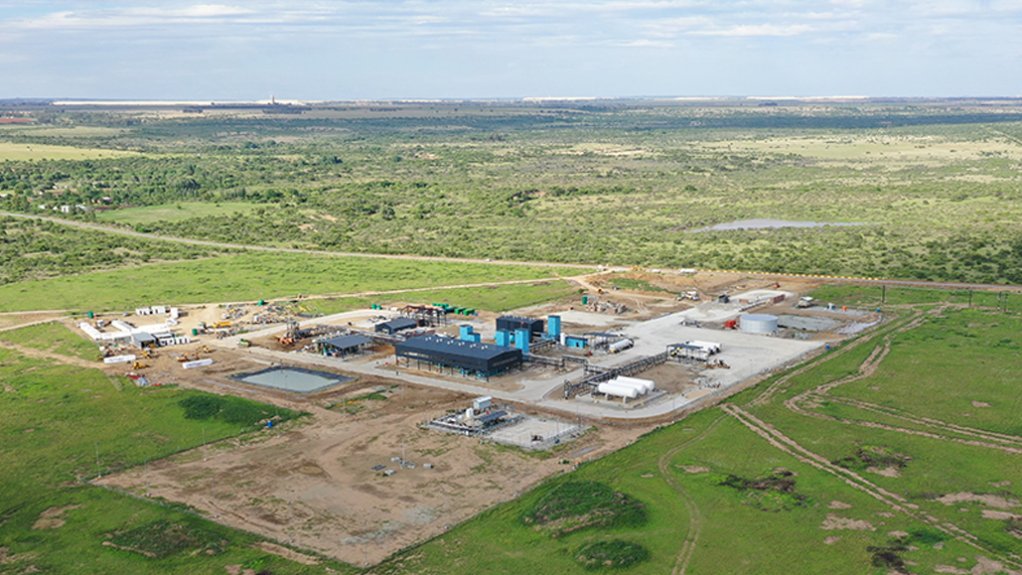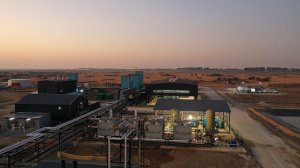With Phase 1 of the Virginia gas project – in the Free-State – having been a watershed for South Africa’s gas economy, Phase 2 of the project is expected to catapult South Africa to becoming one of the largest helium-supplying countries globally, amid a global shortage of helium.
Pioneered by natural gas and helium producer Renergen CEO Stefano Marani describes the Virginia gas project as being the “bedrock for growing South Africa’s liquefied natural gas (LNG) industry”, with Phase 1 having already brought in two major blue-chip clients – Italtile subsidiary Ceramic Industries and glassmaker Ardagh Glass.
“After the success of Phase 1, we have been inundated with requests for access to LNG in Phase 2. It is only a matter of time before South Africa’s consumption of LNG comes in line with many other economies,” he enthuses.
Construction of Phase 2 will be completed in 2025/6 and is expected to produce about 11.7-million gigajoules of LNG yearly, which is equivalent to producing about 330-million litres of diesel yearly.
Meanwhile, by pioneering the adoption of LNG in South Africa, Marani hopes that the project will drive more competition between companies in the local gas sector, which will benefit the local economy by increasing competition in the liquid segment of the natural gas market.
He notes, however, that the Virginia gas project will not be able to produce volumes required for export, owing to high helium concentration in the LNG.
Nevertheless, LNG does not require pipelines to reach the end-user and can store well, making it more valuable than pipeline gas as it is more adept for being transported and exported by road or sea.
“We have a first mover advantage in this regard and domestic demand for LNG will always outstrip our supply, owing to the helium constraint on upper limits of production,” he says.
LNG has been accepted as the most viable fuel to aid the global transition to net zero, owing to it being clean, fast to bring online and supplying all-day, baseload energy.
Marani notes that LNG is the only viable alternative to diesel in terms of emission reduction and lower running costs. It can also be used in power installations – operating from megawatt to gigawatt scale – emitting a smaller carbon footprint than coal.
“South Africa is energy hungry and we need to start making astute decisions on how to stop the economy from stalling. There is no silver bullet and we all need to play our parts, whether it is becoming more energy conscious and improving our energy efficiency at home, or finding ways of adding energy to the country’s energy mix. We all have a part to play,” he concludes.
Edited by: Zandile Mavuso
Creamer Media Senior Deputy Editor: Features
EMAIL THIS ARTICLE SAVE THIS ARTICLE
ARTICLE ENQUIRY
To subscribe email subscriptions@creamermedia.co.za or click here
To advertise email advertising@creamermedia.co.za or click here

















